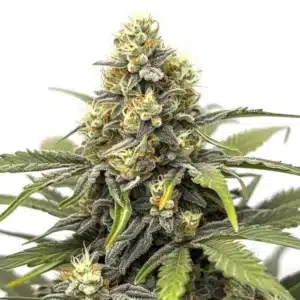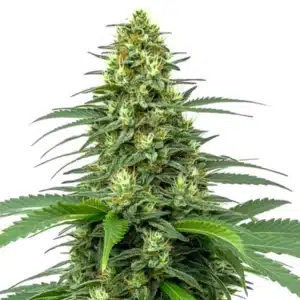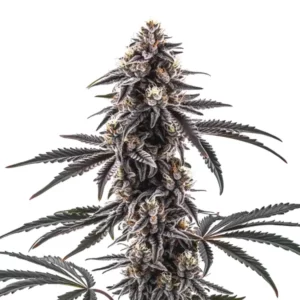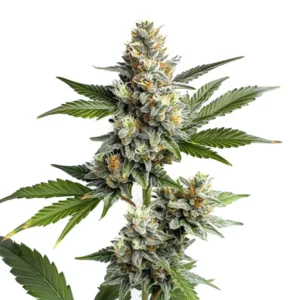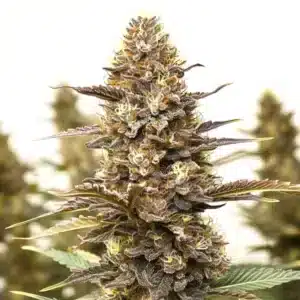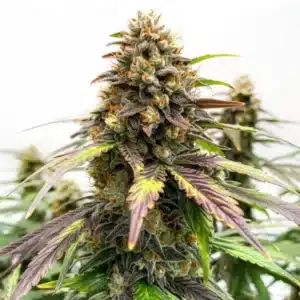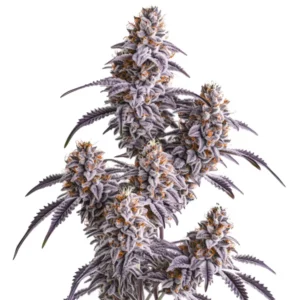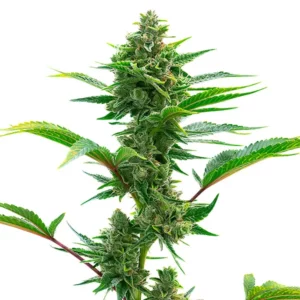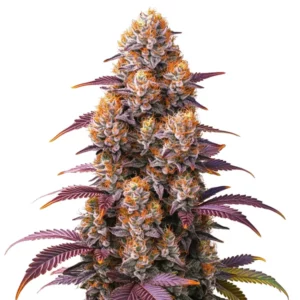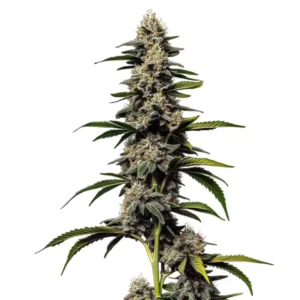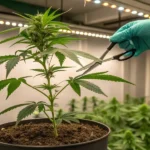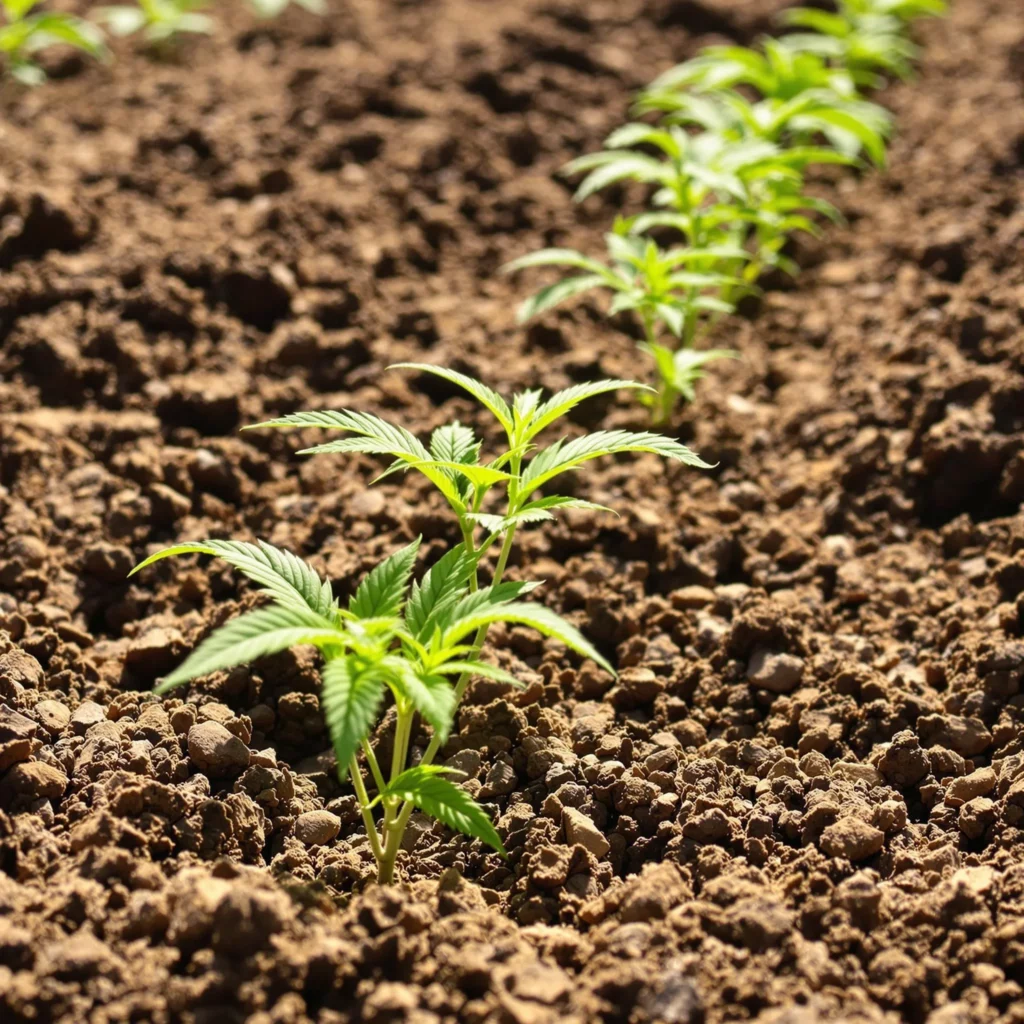
Soil to Grow Cannabis: A Complete Guide
Soil to Grow Cannabis: A Complete Guide
Why Soil Matters for Cannabis Growth
The soil you choose to grow cannabis is the foundation of a successful harvest. Soil serves as the plant’s primary source of nutrients, water, and oxygen. It also provides stability for roots to anchor and grow. Without the right soil, even the best cannabis genetics may struggle to reach their full potential.
For cannabis growers, the soil’s texture, drainage, and nutrient composition are critical factors. Poor-quality soil can lead to nutrient deficiencies, slow growth, or even plant failure. Investing in the right soil to grow cannabis ensures your plants thrive, producing healthy, potent buds.
Recommended Strains
Amnesia
|
|
THC | 15% - 20% (Medium) |
|
|
Type | Feminized |
|
|
Yield | Medium |
|
|
Phenotype | 30% Indica / 70% Sativa |
Amnesia Auto
|
|
THC | 10% - 19% (Low) |
|
|
Type | Autoflowering |
|
|
Yield | High |
|
|
Phenotype | 30% Indica / 70% Sativa |
Characteristics of Good Soil for Cannabis
Good soil for cannabis should be light, well-aerated, and rich in organic matter. It needs to hold water efficiently while draining excess moisture to prevent root rot. The ideal soil should have a pH level between 6.0 and 7.0 to ensure proper nutrient uptake.
Cannabis-friendly soil often contains a mix of ingredients like compost, perlite, and peat moss. These components improve water retention, aeration, and nutrient availability. Whether you’re growing indoors or outdoors, choosing quality soil to grow cannabis is a crucial step toward success.
Organic vs. Inorganic Soil for Growing Weed
Organic soil is made from natural materials like compost, manure, and plant matter. It’s packed with beneficial microbes that help break down organic matter into nutrients. Organic soil promotes healthier plants and enhances the flavor and aroma of your cannabis buds.
Inorganic soil, on the other hand, is typically fortified with synthetic nutrients. While it offers precise control over nutrient levels, it lacks the microbial diversity of organic soil. Growers must choose based on their priorities: robust flavor and sustainability with organic soil or controlled growth and simplicity with inorganic options.
Promos & Deals
Types of Soil for Growing Cannabis
Loam Soil: The Best Option for Cannabis
Loam soil is often considered the gold standard for growing cannabis. It’s a balanced mix of sand, silt, and clay, offering excellent drainage and aeration while retaining enough moisture for healthy roots. Its rich organic content provides a steady supply of nutrients, making it ideal for both novice and experienced growers.
This soil’s versatility works well in various growing conditions. Loam soil’s ability to support robust root systems makes it the top choice for those serious about maximizing their cannabis yield.
Clay Soil: Pros and Cons
Clay soil has a fine texture that retains water and nutrients effectively. However, it’s prone to compaction, which can limit root growth and oxygen availability. For cannabis growers, clay soil works best when mixed with amendments like perlite or sand to improve its structure.
While clay soil can be challenging to work with, its nutrient retention benefits can support healthy plant growth when managed properly. It’s a viable option for growers who are willing to invest extra effort into soil preparation.
Sandy Soil: Benefits and Challenges
Sandy soil drains quickly and provides excellent aeration, making it ideal for preventing overwatering issues. However, its fast drainage can also lead to nutrient loss, requiring frequent feeding.
To grow cannabis in sandy soil, enrich it with organic matter like compost or coco coir. This improves its water retention and nutrient-holding capacity. Sandy soil is a great option for growers in regions with high rainfall or those looking to reduce the risk of root rot.
Silt Soil: When It Works for Cannabis
Silt soil has a smooth texture and retains water better than sandy soil, making it suitable for cannabis cultivation in drier climates. It’s rich in nutrients but may lack the aeration needed for optimal root growth.
By adding perlite or coarse sand, growers can enhance silt soil’s structure and make it more cannabis-friendly. With proper amendments, silt soil can support healthy cannabis plants throughout their growth cycle.
Super Soil: A Premium Choice for Organic Growth
Super soil is a pre-mixed organic medium designed specifically for cannabis. Packed with nutrients and beneficial microbes, it eliminates the need for synthetic fertilizers. This soil provides a rich, balanced environment for cannabis to thrive.
Growers using super soil only need to water their plants, as the soil supplies all necessary nutrients. It’s an excellent choice for those seeking a natural and hassle-free way to grow high-quality cannabis.
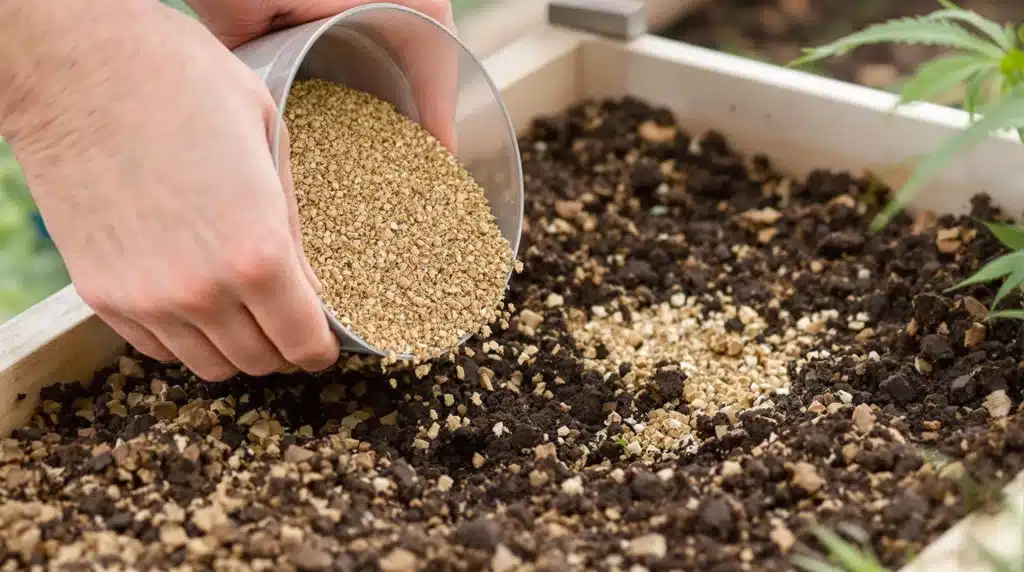
Key Nutrients in Soil for Cannabis Plants
Macronutrients: Nitrogen, Phosphorus, and Potassium
Macronutrients form the foundation of healthy cannabis growth. Nitrogen (N) supports vegetative growth, encouraging lush, green foliage. Phosphorus (P) is essential for root development and flowering, while Potassium (K) strengthens the plant’s overall health and resistance to stress.
Ensuring the soil to grow cannabis contains these macronutrients in the right balance is critical. Organic soils often provide these nutrients naturally, while inorganic soils may require supplementation through fertilizers. Monitoring levels throughout the plant’s lifecycle ensures maximum yield and potency.
Micronutrients: Essential Minerals for Healthy Plants
Cannabis also needs micronutrients such as calcium, magnesium, sulfur, and trace elements like zinc and iron. These minerals play crucial roles in photosynthesis, enzyme function, and overall plant health. Even small deficiencies can lead to stunted growth or discoloration.
Amending soil with compost, gypsum, or specialized supplements ensures your cannabis plants get the micronutrients they need. Testing the soil’s composition helps growers identify and correct any deficiencies early on.
The Role of pH in Soil Nutrient Uptake
Soil pH affects how well cannabis roots absorb nutrients. The ideal pH range for cannabis is between 6.0 and 7.0. Outside this range, nutrient lockout can occur, preventing the plant from accessing essential nutrients even if they’re present in the soil.
Growers should regularly test and adjust soil pH using tools like pH meters and pH-adjusting solutions. Maintaining the right pH ensures your soil to grow cannabis provides an optimal environment for nutrient uptake.
Preparing Soil for Cannabis Growth
Testing and Adjusting Soil pH
Before planting, test your soil’s pH to ensure it falls within the ideal range. Use a reliable pH meter or test kit for accurate readings. If the pH is too low (acidic), add lime to raise it. If it’s too high (alkaline), sulfur or acidic fertilizers can help lower it.
Recheck the pH after making adjustments, as overcorrecting can cause additional issues. Preparing the soil to grow cannabis with the correct pH from the start prevents complications during the growing process.
Mixing Soil with Amendments for Cannabis
Amending soil improves its texture, fertility, and water retention. Organic amendments like worm castings, bat guano, and compost provide a steady supply of nutrients. Perlite and vermiculite enhance aeration and drainage, preventing root rot.
Creating a custom soil mix tailored to your growing conditions ensures the best results. Whether using pre-mixed super soil or crafting your blend, the right amendments make all the difference.
Sterilizing Soil to Remove Pests and Pathogens
Sterilizing soil eliminates harmful pests, fungi, and bacteria that can harm your cannabis plants. Methods like baking the soil in an oven or using a steam sterilizer are effective. For large-scale operations, chemical sterilizers may be necessary.
While sterilizing can reduce microbial diversity, it’s an essential step when reusing soil or growing in areas prone to contamination. Following this process creates a clean slate for healthy cannabis growth.
Maintaining Soil Health During the Cannabis Lifecycle
Watering Techniques to Protect Soil Structure
Proper watering practices are essential to maintain the health of the soil to grow autoflower cannabis. Overwatering can compact the soil, reducing aeration and suffocating roots. Underwatering, on the other hand, leads to nutrient deficiencies and stunted growth.
Water your plants evenly and avoid creating dry pockets or waterlogged areas. Use tools like moisture meters to ensure the soil remains in the ideal moisture range. Consistent and precise watering protects the soil structure, promoting healthy root development and vigorous plant growth.
Composting and Mulching for Nutrient-Rich Soil
Composting and mulching add valuable organic matter to the soil, enriching it with nutrients and improving its structure. Compost provides a slow-release source of essential nutrients, while mulch helps retain moisture and regulate soil temperature.
Apply a layer of organic mulch, such as straw or shredded leaves, around the base of your cannabis plants. This not only nourishes the soil but also suppresses weeds and reduces evaporation. Composting and mulching are sustainable ways to maintain fertile soil throughout the growing season.
Recognizing and Fixing Soil Deficiencies
Regularly inspect your cannabis plants for signs of nutrient deficiencies, such as yellowing leaves, slow growth, or weak stems. These issues often indicate imbalances in the soil. Conduct soil tests to identify specific deficiencies and address them with targeted amendments or fertilizers.
For example, if your plants show signs of nitrogen deficiency, add compost or a nitrogen-rich supplement. Addressing deficiencies promptly ensures your soil to grow cannabis remains healthy and supports robust plant development.

FAQs About Soil to Grow Cannabis
What is the best soil type for growing cannabis?
Loam soil is widely regarded as the best option due to its balance of drainage, aeration, and nutrient content. Its versatility makes it suitable for both indoor and outdoor cultivation.
Can I reuse soil for multiple cannabis crops?
Yes, soil can be reused with proper care. Remove old roots, sterilize the soil to eliminate pathogens, and amend it with fresh organic matter to replenish nutrients.
How often should I test soil pH for cannabis plants?
Test soil pH every two weeks or whenever you notice signs of nutrient deficiencies. Regular testing ensures the pH remains in the ideal range of 6.0 to 7.0.
Is organic soil better than inorganic soil for cannabis?
Organic soil promotes healthier plants and better-tasting buds by fostering beneficial microbes and reducing the need for synthetic fertilizers. However, inorganic soil offers more precise nutrient control, making it a viable option for certain growers.
How do I improve sandy soil for cannabis cultivation?
Mix sandy soil with organic matter, such as compost or coco coir, to enhance its water retention and nutrient-holding capacity. Adding perlite or vermiculite can also improve its structure.
What is super soil, and is it worth using?
Super soil is a nutrient-rich, pre-mixed organic medium designed specifically for cannabis. It eliminates the need for additional fertilizers, providing a hassle-free growing experience. While it’s more expensive, its benefits often outweigh the cost for premium-quality harvests.
How can I prevent pests and diseases in soil?
Sterilize soil before planting, and introduce beneficial insects or microbes to combat harmful pests. Mulching and proper watering practices also help create a healthy, pest-resistant environment.
Do autoflowers require different soil than photoperiod plants?
Autoflowers can thrive in the same soil as photoperiod plants. However, their shorter growth cycle benefits from nutrient-rich soil that supports rapid development. Super soil or a well-amended loam mix works well for autoflowers.
Escribe algo…


